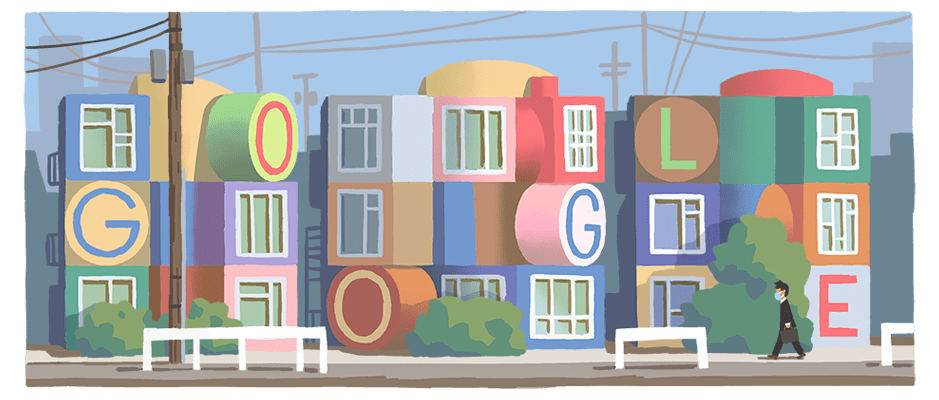Shusaku Arakawa :
Shusaku Arakawa (荒川 修作, Arakawa Shūsaku, July 6, 1936 – May 18, 2010) was a Japanese conceptual artist and architect. He had a personal and artistic partnership with the writer and artist Madeline Gins that spanned more than four decades. Later in his life, Arakawa and Gins were more commonly associated with architectural projects aimed toward the longevity of human life expectancy.
Early life
Shusaku Arakawa was born in Nagoya on July 6, 1936. His family ran an udon shop. As a young man, Arakawa first studied mathematics and medicine at the University of Tokyo, and later art at the Musashino Art University.
Reversible Destiny Foundation (1980s – 2010)
Arakawa and Madeline Gins are co-founders of the Reversible Destiny Foundation, an organization dedicated to the use of architecture to extend the human lifespan. They have co-authored books, including Reversible Destiny, which is the catalogue of their Guggenheim exhibition, Architectural Body (University of Alabama Press, 2002) and Making Dying Illegal (New York: Roof Books, 2006), and have designed and built residences and parks, including the Reversible Destiny Lofts, Bioscleave House, and the Site of Reversible Destiny – Yoro
Shusaku Arakawa’s 85th birthday Google Doodle
Today’s Doodle celebrates the 85th birthday of Japanese-American author, conceptual artist, and trans-humanist architect Shusaku Arakawa. Together with his wife, Arakawa chased a philosophical quest for immortality through experimental paintings, literature, and, at the grandest scale, architectural oddities—a concept coined Reversible Destiny.

Shusaku Arakawa was born on this day in 1936 in Nagoya, Japan. His early life was defined by mathematics and medicine studies before he pursued surrealist painting at Tokyo’s Musashino Art University. As an early adopter of the international conceptual art movement, he joined similarly minded artists after his 1961 move to New York City. Soon after, Shusako met a poet who became his lifelong artistic collaborator and spouse: Madeline Gins.
In 1963, the couple began the ambitious “The Mechanism of Meaning” series—an assemblage of 83 large panel paintings crafted with the aim of investigating the mysteries of human consciousness that required over a decade to bring to fruition. Global exhibitions of the masterwork funded the couple’s next lofty endeavor: extending life expectancy by fostering a novel relationship with the built world called “procedural architecture.” They hypothesized that engaging residents with challenging interior designs, such as steep and uneven floor plans, would boost immunity and fight aging by promoting an active and thoughtful relationship with one’s surroundings. Their first residential works of procedural architecture can be found at Reversible Destiny Lofts, a complex in Tokyo and the inspiration for today’s Doodle artwork.
Arakawa and Gins devoted their lives to designing an architectural fountain of youth and founded multiple institutions to advance this project, including the Reversible Destiny Foundation. Today, several installations of their eccentric architecture remain open to the public, such as the Reversible Destiny Lofts. This renown project comprises a brightly colored residential complex in Tokyo that served as the couple’s first work of procedural architecture, which they dedicated to Helen Keller.
Happy birthday, Shusaku Arakawa!
Be the first to comment